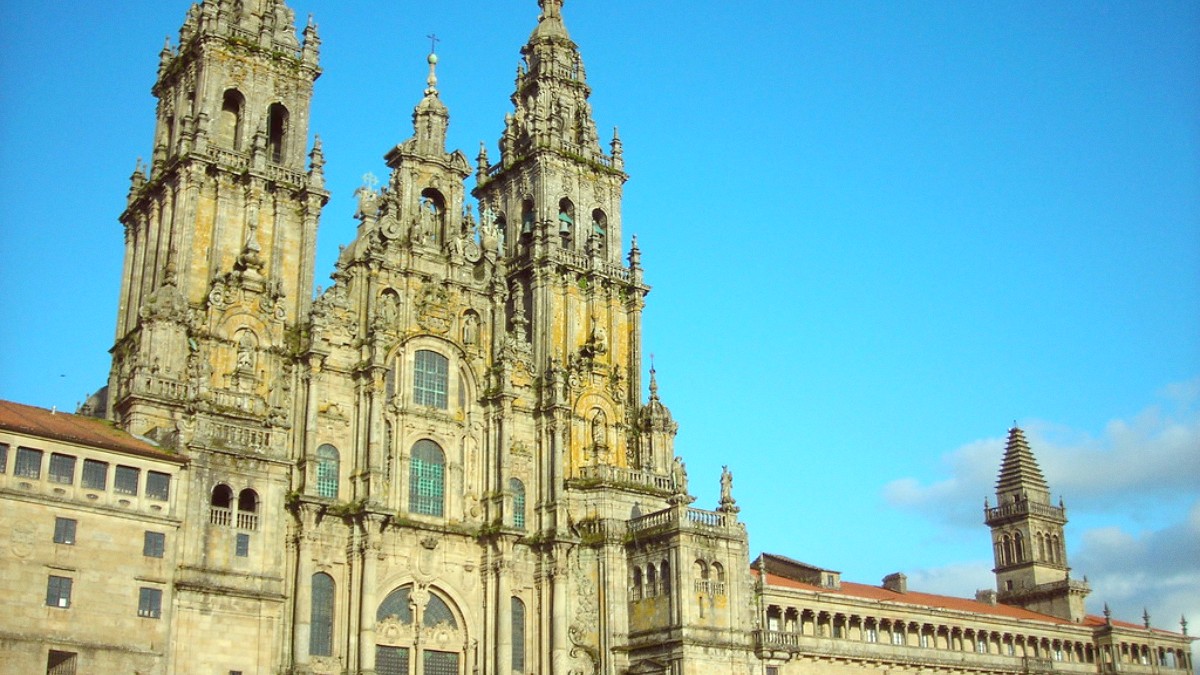
Santiago De Compostela Cantabria Asturias And Galicia, Spain Travel Guide
Santiago de Compostela, especially as the Camino's endpoint, showcases outdoor activities connecting you with nature and history.
The most significant hiking activity, with varying difficulty. The final stages into Santiago are generally moderate, with varied terrain.
Many pilgrims walk the final 100 kilometers (or cycle 200 km) to earn the Compostela certificate. Popular starting points include Sarria or Tui. Find tours on GetYourGuide.
Santiago presents shorter, less demanding walking trails in surrounding parks and along rivers, like the River Sarela walk or trails around Monte Pedroso.
Always prepare adequately for Camino routes, carrying sufficient water and appropriate gear. Be aware of weather changes and follow marked trails for your safety.
Santiago de Compostela presents many ways to immerse yourself in Galician culture, from traditional crafts to spiritual ceremonies.
This historic theater hosts various theatrical performances, concerts, and dance shows throughout the year.
Engage with local businesses in the less touristy parts of the Old Town (e.g., Rúa de San Pedro) or visit the Mercado de Abastos for organic interaction.
The University of Santiago de Compostela presents Spanish and Galician language courses for a cultural connection.
The Feast of Saint James (July 25th) is the city's largest festival, a celebration of culture and faith.
Holy Week (Easter) features religious processions, providing a solemn and traditional experience.
CINEMALIA (International Independent Film Festival) usually happens in June. A Jazz Festival typically occurs in July.
After exploring, Santiago and its surroundings present opportunities for relaxation and wellness.
The city of Ourense, approximately an hour by train from Santiago, is famous for its natural hot springs.
You can find both free, open-air thermal pools and paid spa complexes in Ourense, making it a popular day trip for relaxation and therapeutic bathing.
Santiago is an inland city and does not have beach clubs. Public outdoor pools operate in summer months. Nearest beaches require a short drive or bus trip to the coast.
Café Airas Nunes often hosts traditional Galician music. Casa das Crechas is known for traditional music sessions (foliadas) and occasional international acts. Borriquita de Belén is a smaller bar recognized for live music.
Teatro Principal and Auditorio de Galicia feature diverse programs of plays, concerts, and dance. Streets like Rúa da Raíñan and Rúa do Franco in the Old Town also host many bars.
Old Town's Rúa do Franco and Rúa do Vilar are famous for tapas bars. The Ensanche area presents more modern bars and clubs, popular with university students. Clubs often open late, staying open until early morning on weekends.
Shopping in Santiago features everything from fresh local produce to traditional Galician crafts and modern fashion.
The iconic almond cake, a delicious and portable souvenir.
Scallop shells (classic Camino souvenir) and miniature Botafumeiros (replicas of the Cathedral's censer).
Galician wine (Albariño), local cheeses (Tetilla or Arzúa-Ulloa), and jet (azabache) jewelry.
Luxury and boutique shopping happens mainly in the Ensanche area, including large department stores like El Corte Inglés and various international brands.
Look for "Artesanía de Galicia" labels for authentic local crafts. Support small, independent shops in the Old Town, which directly benefits local artisans.
Allow time to explore the many small, independent shops in the Old Town. These often sell unique items not found elsewhere, providing special souvenirs and gifts.